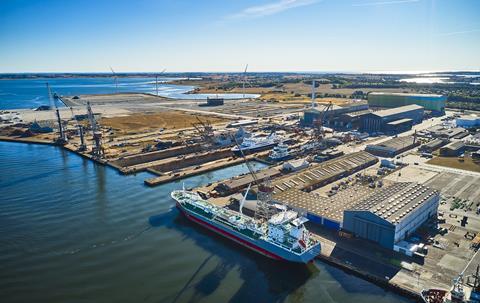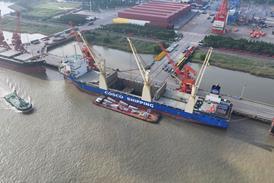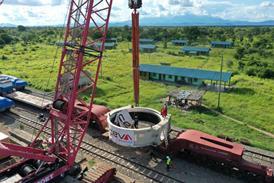Danish engineering company Frecon is opening an office at the port of Odense, as it expands its business and network to position itself closer to partners in the wind energy industry.

Frecon ceo, Ida Rasmussen, said the office is located close to representatives from the wind energy industry and other tech-savvy businesses. “We see a big potential in the current development of Odense port. Many interesting activities are taking place there – in particular, the new robot centre but also the expansion of the port. This offers room for interesting and potential business partners as well as customers.”
Recently, Frecon obtained a patent for a floating foundation for offshore wind turbines. Using pontoons made of recycled fibreglass, the floating foundation is intended for sea depths of 60 m and more, where, for example, monopile foundations cannot be used. This enables countries with great ocean depths the opportunity to harvest wind energy alongside other countries.
The patent has already been granted in Denmark and has received positive feedback on the application for an international patent. The construction, which consists of a frame of pretensioned concrete and three pontoons of recycled fibreglass, ensures buoyancy for the floating foundation. The modular design has been created so that the foundation can be cast and assembled locally, which reduces the need for transportation.
The patent, Frecon said, has the potential to support the wind industry’s development of a more circular economy by recycling end-of-life turbine blades. It said that the idea of a floating foundation with pontoons made of recycled fibreglass arose as a growing frustration over the fate of end-of-life wind turbine blades – often buried, burned or sent to a landfill.
Frederik Rytter, co-founder and owner of Frecon, explained: “The lack of recycling options for fibreglass has been a challenge for many years. It is a good and strong material that can withstand a lot of stress and does not break easily. We therefore began to investigate how we could recycle the material, because as turbine blades are replaced, the challenge of handling the end-of-life blades grows.”
















